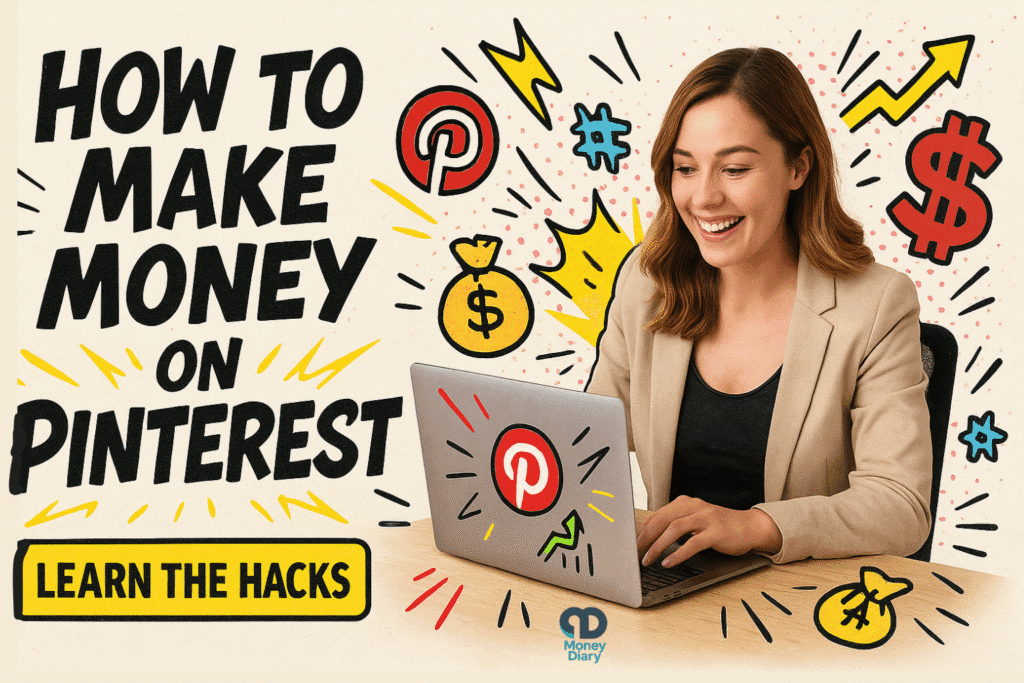
From fast affiliate wins to building a business you can actually sell
Quick Summary / Key Takeaways
- You can make money on Pinterest without a website — direct affiliate links and landing pages work.
- To access trusted affiliate programs (Amazon, Awin, ShareASale, Impact, CJ) you need a website, and WordPress is best for SEO and resale value.
- Pinterest traffic is volatile: accounts can slump to zero and then blow up months later.
- Automation tools (RSS feeds, Blogtopin, Zapier) still work, but manual TLC (“Pinterest gardening”) can revive accounts and boost UX.
- Think of Pinterest as a traffic engine: fast affiliate sales are possible, but the real money comes from pairing it with a website, ads, and products.
Stats Snapshot & Comparison
Table 1: No-Website vs With-Website Pinterest Strategies
| Strategy | Setup Time | Networks You Can Access | Earnings Potential | Stability | Best For |
|---|---|---|---|---|---|
| Direct Affiliate Links | Low | Few (depends on product/program) | Low-Medium | Unstable | Beginners, quick tests |
| Landing Pages | Low | Open marketplaces, creator offers | Medium | Medium | Influencers, casual users |
| Website (WordPress blog) | Higher | Amazon, Awin, ShareASale, Impact | High | High | Long-term income, resale |
Table 2: Automation vs Manual Pinning
| Method | Pros | Cons | Example Result |
|---|---|---|---|
| Automation (RSS, Blogtopin) | Scale fast, low effort | Risk of bans, less control | Dormant account revived to 8k impressions/mo |
| Manual “Pinterest Gardening” | Higher quality, UX improvements | Slower, time-intensive | Account grew to 1M monthly views after refresh |
Beginner Quick-Start Checklist
- Create a Pinterest business account.
- Pick a niche (food, DIY, side hustles, home decor).
- Join an easy-entry affiliate program (ClickBank, Digistore24, Creative Fabrica).
- Create 10 pins in Canva (1000×1500 vertical).
- Link pins to affiliate offers or landing page.
- Post 2–5 pins daily.
- Use #affiliate or #ad in descriptions to comply.
Intro: Pinterest Isn’t Dead, It’s Just Messy
Every year, someone swears Pinterest is “dead.” And yet, traffic keeps flowing: bloggers earning ad revenue, creators making affiliate sales, and even hustlers running 109 automated accounts to test niches at scale.
The truth: Pinterest still works. But it’s not quick, it’s not smooth, and it’s not forever stable. Accounts can blow up overnight or vanish into silence. Algorithms change. Domains get flagged. Still — for those who stick with it, Pinterest can drive massive traffic and meaningful income.
This guide gives you both:
- Quick hacks for beginners who want to make money without a website.
- Legit, long-term strategies to access the best affiliate programs, scale traffic, and even sell your site down the road.
Table of Contents
1. Quick Wins Without a Website
Direct Affiliate Links
You can post pins with direct affiliate links. Just disclose (#affiliate, #ad) and keep it clean. It’s fast, but limited — big programs won’t approve you without a site.
Landing Pages
Use Linktree, Carrd, or ConvertKit to house your links. Cleaner than raw affiliate links, easier to manage multiple offers, but still not enough for premium networks.
Niche Boards
Curate boards around product categories (fashion, recipes, crafts). A “Side Hustle Tools” board or “Easy Weeknight Dinners” board can build an audience quickly.
Influencer Exception
If you’ve got a large following on Instagram or TikTok, Amazon Associates may approve you without a site. You can then promote those links on Pinterest.
Takeaway: You can start today without a site — but you’ll hit walls quickly.
2. Affiliate Programs You Can Actually Get Into
Easy Entry Networks
- ClickBank, Digistore24 → Open access, digital products, fast approvals.
- Creative Fabrica, DesignBundles → Craft/design niche, easy approval.
- Etsy via Awin → Lighter requirements than Amazon.
Creator/Independent Programs
Follow bloggers or influencers in your niche. Many sell ebooks, courses, or printables with their own affiliate programs. These are often easier to join and pay better commissions (30–50%).
High-Barrier Networks
- Amazon Associates, Awin, ShareASale, Impact, CJ → Require a site or significant following. Worth it, but you’ll need to level up.
Takeaway: Start with easy-entry networks, prove you can drive clicks, then graduate to the big leagues.
3. Landing Pages vs Websites
Landing Pages (Quick Start)
- Pros: Fast, simple, no hosting needed.
- Cons: Limited SEO, limited authority, capped affiliate options.
Websites (Long Game)
- WordPress > Squarespace for SEO and scalability.
- A blog gives you credibility and unlocks premium networks.
- It’s an asset you can later sell.
Takeaway: Start with landing pages, but if you’re serious, build a WordPress site.
4. Why WordPress is the Long-Term Play
- Access to respected networks (Amazon, ShareASale, Awin).
- Better SEO → organic traffic beyond Pinterest.
- Ability to layer in ads (Mediavine, Raptive) once you hit traffic thresholds.
- Resale value → a good WordPress site can sell for 30–40× monthly profit.
Takeaway: A WordPress site transforms Pinterest from a side hustle into a business.
5. Automation vs Manual Effort
Automation Works (Still)
One user ran 109 accounts via Blogtopin, reviving dormant accounts and pulling 8k impressions/month from old RSS feeds. Scaling with 5–20 pins/day is possible.
Manual “Pinterest Gardening”
Refreshing boards, updating covers, reorganizing pins, and improving UX helped one account hit 1M monthly views.
Takeaway: Automation = scale. Manual = stability. The best approach often blends both.
6. Traffic Volatility: Bans, Dead Accounts, Algorithm Shifts
- Domains: Some users struggle to get impressions with .com or country domains. Others see no issue.
- Bans: White-hat niches can get flagged randomly. Sometimes the account, not the domain, is the issue.
- Dead Accounts: Many accounts go silent for months, then revive. Don’t abandon too early.
- Algorithm Shifts: One creator lost 80% of traffic year-over-year due to algo changes.
Takeaway: Expect Pinterest chaos. Don’t rely on it as your only traffic source.
7. Advanced Monetization Strategies
- Ad Networks: Pinterest-heavy traffic can actually improve CPMs.
- Affiliate + Ads Hybrid: Even if affiliates are slow, ad revenue makes traffic valuable.
- Barter Deals: Trade traffic exposure for free products.
- Non-English Niches: Don’t underestimate global markets — some outperform English niches.
- Scaling Sites: Each site that gets ad approval can be added to Blogtopin for traffic flywheel growth.
8. Is Pinterest Worth It in 2025?
Yes — if you commit long-term. As one creator put it:
“It requires time, energy, and commitment. It’s a long game with a LOT of ups, downs, algorithm updates, seasonal ebbs and flows — and many times when it feels like Pinterest has had way too much to drink at the holiday company party and nobody knows what they are doing.”
Takeaway: Quick money is possible, but the real payoff comes with consistency, patience, and pairing Pinterest with a site.
9. FAQs
Q: Do I need a website to make money on Pinterest?
Not for quick wins. But if you want Amazon, Awin, or ShareASale, yes.
Q: Can I use AI-generated images?
Yes — many do. Quality matters more than method.
Q: Why did my impressions collapse overnight?
Pinterest algo shifts or account flags. Some accounts recover, others need refreshing.
Q: How many pins should I post per day?
Anywhere from 2–20. Automation helps at scale, but consistency matters more.
Q: Is WordPress really necessary?
If you want SEO, premium affiliates, ads, and resale value — yes.
🚀 Advanced Tips / Best Practices
- Always disclose affiliate links (#affiliate, #ad).
- Diversify beyond one account or one site.
- Don’t panic if impressions drop — it happens to everyone.
- Test both automation and manual TLC.
- Build with the mindset of eventually selling your site.
❓ Where to Learn More
Want more deep-dive tutorials on freelancing, side hustles, and online income? Click here.
🏁 Wrap-Up
Pinterest isn’t dead. It’s chaotic. But it’s still one of the easiest platforms to turn pins into clicks and clicks into cash.
If you want fast money, test direct links, landing pages, and easy-entry affiliate networks.
If you want sustainable income, build a WordPress site, use Pinterest as your traffic engine, and stack on ads, affiliates, and products.
Start small, stay consistent, and remember: you’re not just building pins. You’re building an income stream that can grow — and one day, you might even sell.
👩 Author Bio
Kelly Bejelly is a 15-year veteran of blogging, freelancing, and side hustles. She’s sold multiple online businesses, worked with Fortune 500 brands, and even run TV cooking segments. Today, she runs Money Diary, where she shares tested, transparent strategies for turning side hustles into real income.
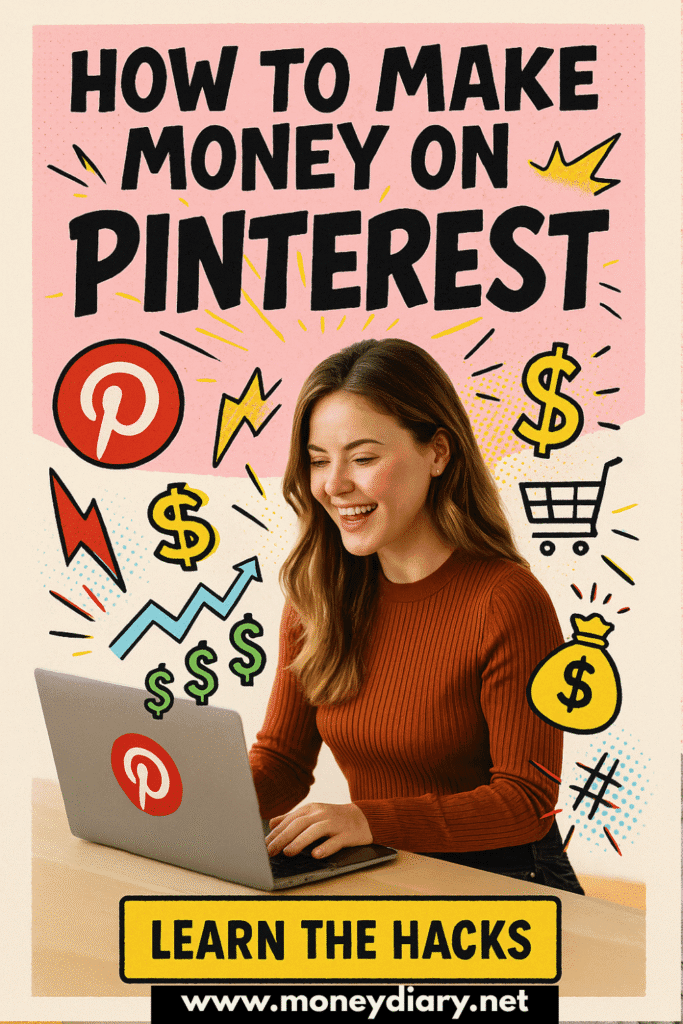
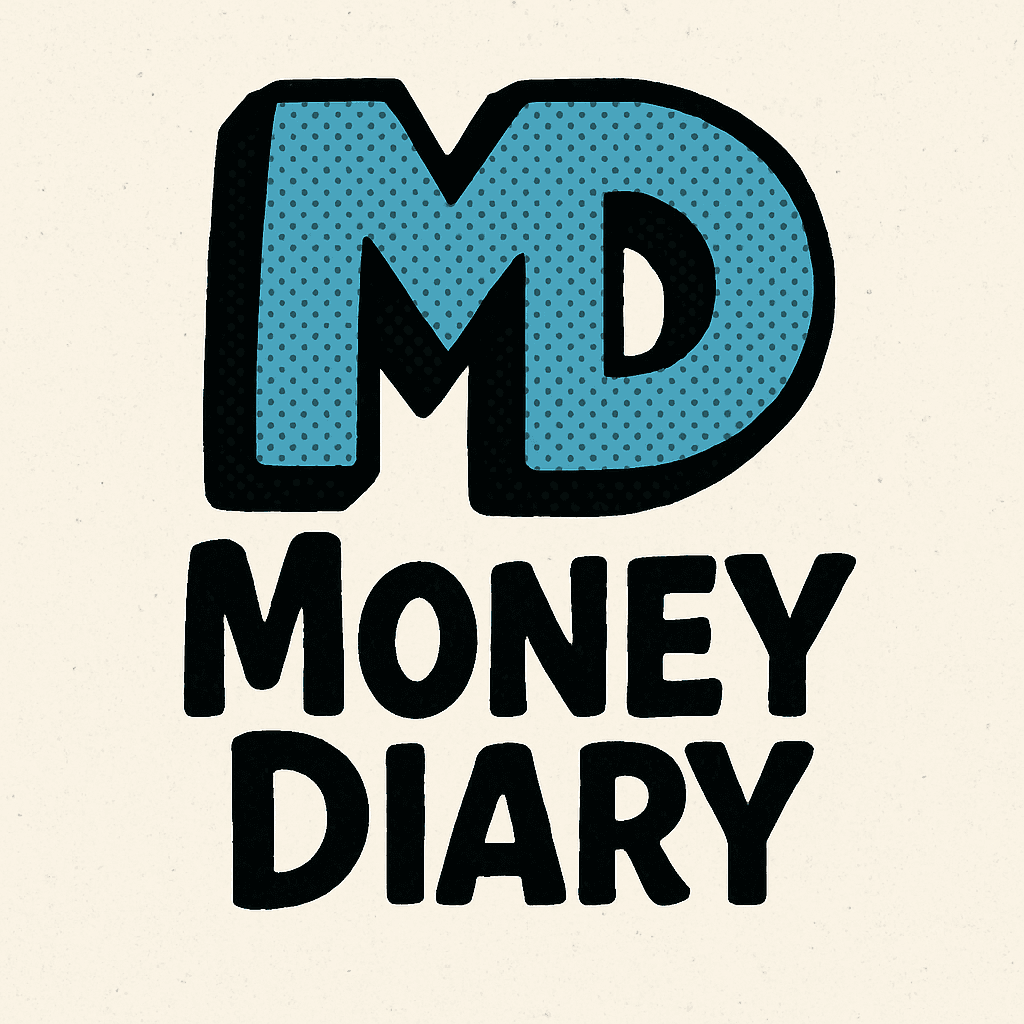

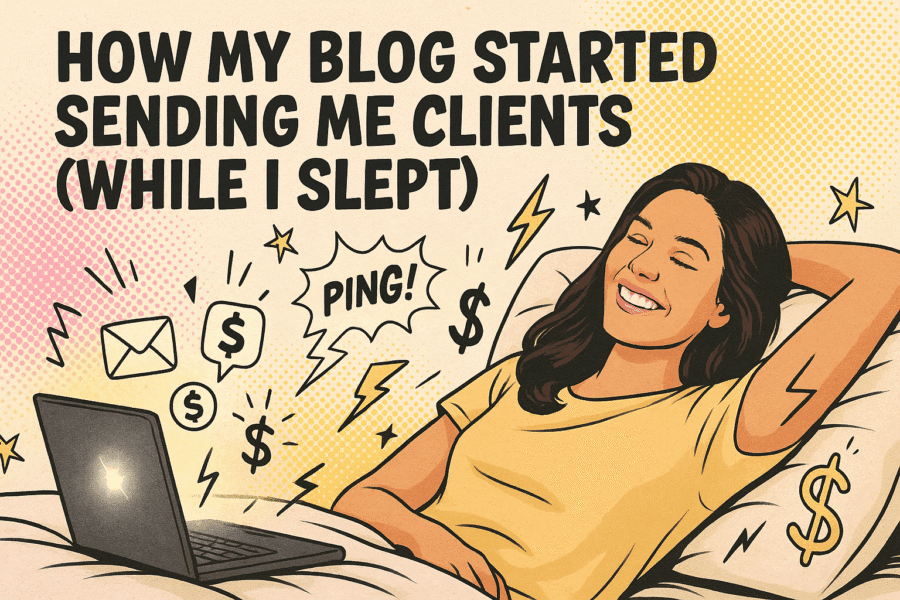
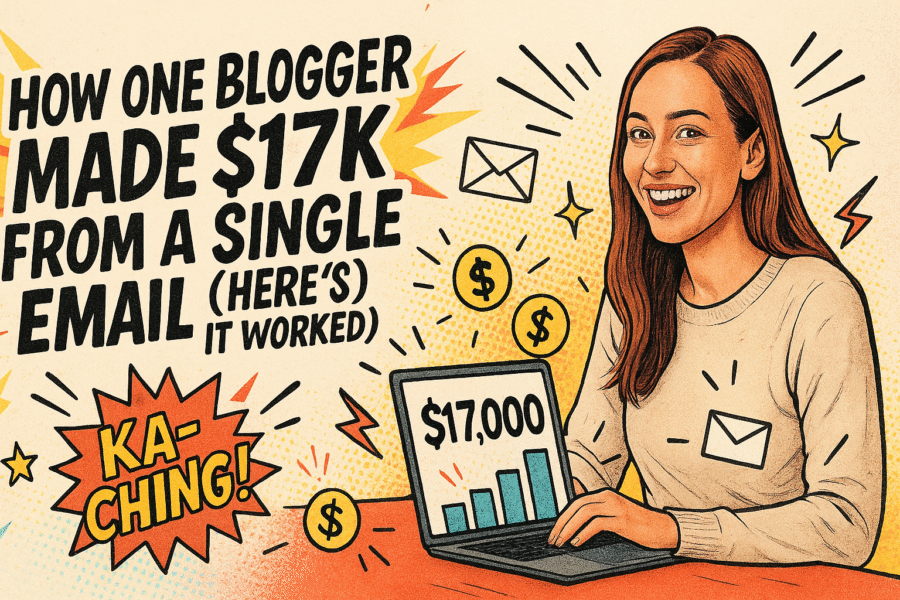
Leave a Reply